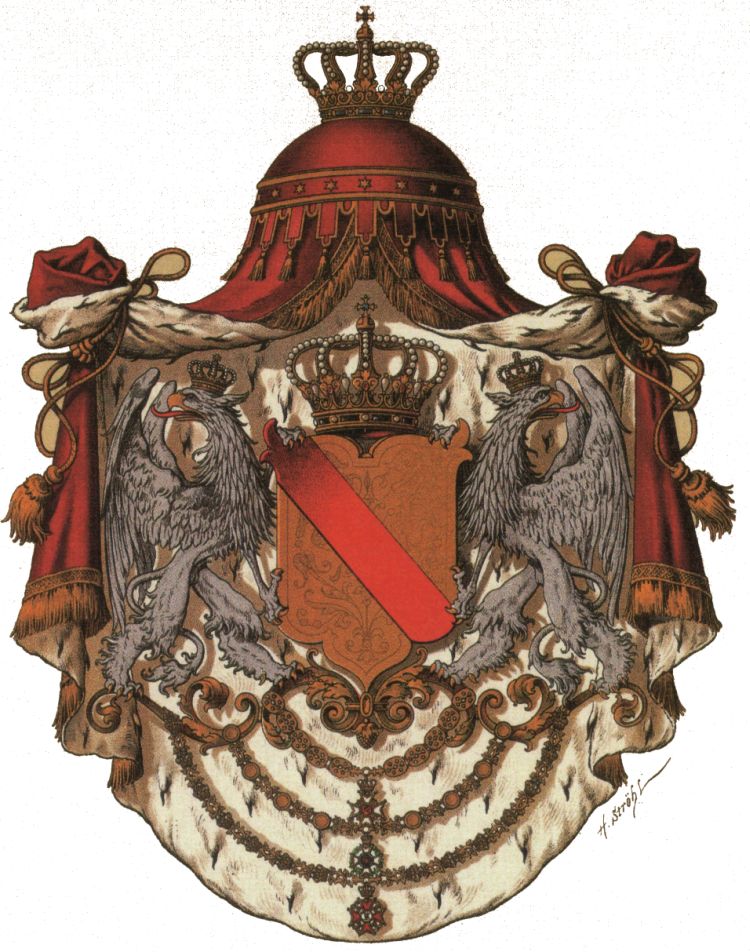The royal family of Baden has a rich history, and one of its most fascinating members is Princess Marie of Baden, the great niece of Duke Frederick I of Baden. Born in 1782, Princess Marie was a member of the House of Zähringen, which ruled the Grand Duchy of Baden from 1803 to 1918. Her life was marked by both personal and public struggles, as she navigated the complexities of royal life during a time of significant change in Europe.
Princess Marie's story is a testament to the resilience and adaptability of the royal family during this period. Despite facing numerous challenges, she remained committed to her duties and her family, leaving behind a lasting legacy. This article will explore the life and times of Princess Marie of Baden, delving into her personal struggles and public achievements, and shedding light on the fascinating history of the House of Zähringen.
what makes the Princess of Baden's story unique

how did Princess Josephine's deafness impact her daily life

what kind of therapy did Princess Josephine receive for her deafness
 |
| Princess Aglaë of Baden Photo Source: Garten Design |
 |
| Wolf von Trotha Photo Source: Crunchbase |
As we conclude our exploration of Princess Josephine of Baden, we are reminded of the significant contributions she made to her family's legacy. Her marriage to Karl Anton, Prince of Hohenzollern, and her children, including Leopold, who became the first king of Romania, and Marie, who married Prince Philippe, Count of Flanders, ensured the continuation of the royal lineage and expanded the family's influence across Europe. Her ancestry and family ties played a crucial role in shaping her life and the lives of her descendants, making her a fascinating figure in European royal history. The Princess of Baden is a testament to the resilience and adaptability of the royal family during a time of significant change in Europe, and her story serves as a reminder of the importance of family and heritage in shaping our lives.
In conclusion, Princess Josephine of Baden's life and legacy are a fascinating chapter in European royal history. Her connections to various royal families across Europe, including the Romanians, Belgians, and Luxembourgers, highlight the complex web of relationships that existed among European monarchies during the 19th century. Her story is a reminder of the significant role that women played in shaping the course of royal families and the impact they had on the broader historical context. As we reflect on the life of the Princess of Baden, we are reminded of the enduring legacy of her family and the importance of preserving our cultural heritage for future generations.
what other notable events were Princess Josephine involved in
- Marriage and Children: Princess Josephine married Karl Anton, Prince of Hohenzollern, and had six children, including Leopold, who became the first king of Romania, and Marie, who married Prince Philippe, Count of Flanders, and had five children, including Albert I of Belgium. This ensured the continuation of the royal lineage and expanded the family's influence across Europe.
- Family Ties and Ancestry: Her ancestry and family ties played a significant role in shaping her life and the lives of her descendants. Her connections to various royal families across Europe, including the Romanians, Belgians, and Luxembourgers, highlight the complex web of relationships that existed among European monarchies during the 19th century.
- Personal Characteristics: Princess Josephine was known for her charm, wit, and beauty, which contributed to her enduring legacy within her family. Her resilience in the face of personal challenges, such as being stone-deaf, also serves as an inspiration to her descendants.
- Legacy of Her Children: Through her children, Princess Josephine is the ancestress of several European royal families, including the Belgian royal family, the grand ducal family of Luxembourg, and the last Queen of Italy. Her Créole heritage, which included her love for flowers and exotic birds, has been passed down through generations, ensuring its continued influence on her family's legacy.
- Historical Significance: Princess Josephine's life coincided with major events in European history, including the Austro-Prussian War and the rise of Napoleon III. Her family's involvement in these events adds to the historical significance of her story.


No comments:
Post a Comment